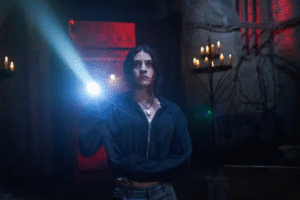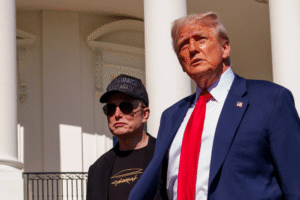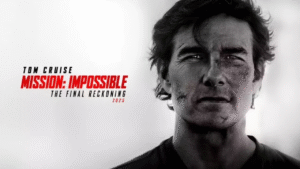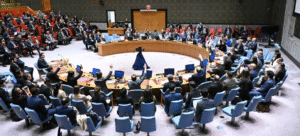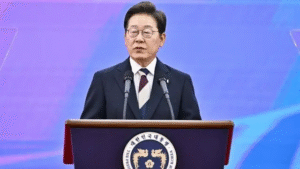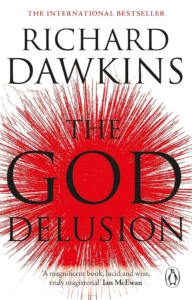The Enigmatic Realm of Phantom Time: A Journey into Historical Anomalies
History, as we understand it, is a carefully constructed narrative built upon documented evidence, archaeological findings, and scholarly interpretations. Yet, within the tapestry of recorded events, whispers of anomalies and unexplained occurrences persist, challenging our conventional understanding of time itself. One such intriguing phenomenon is “Phantom Time,” a concept that suggests certain historical periods might be misplaced, extended, or even entirely fabricated. While often relegated to the realm of pseudoscientific speculation, the persistent nature of these claims and the occasional convergence of seemingly disparate accounts warrant a closer examination of this perplexing historical puzzle.
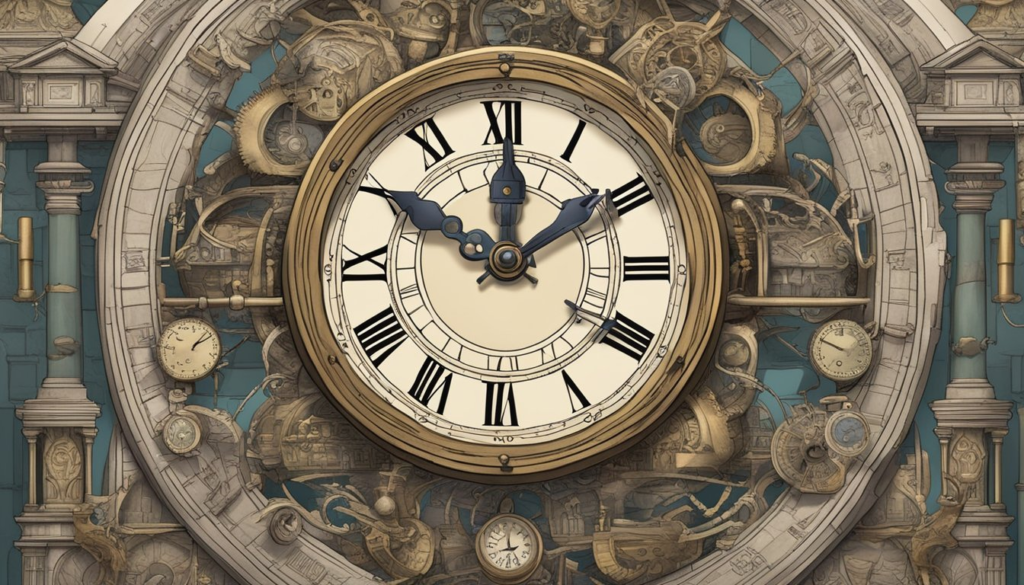
The Core Concept of Phantom Time
The notion of Phantom Time proposes that gaps or inconsistencies exist within the established timeline, particularly in the pre-modern era. Proponents of this theory often point to the difficulties in accurately dating events from centuries past, relying as they do on fragmented records and interpretations that can be influenced by biases or incomplete information. They argue that certain historical figures might not have existed when traditionally believed, or that entire periods might have been shorter or longer than currently accepted. One of the most prominent examples often cited is the alleged “missing” centuries in the Early Middle Ages, a period for which historical records are relatively sparse.
Phantom Time vs. Other Historical Mysteries
It is important to distinguish Phantom Time from other historical mysteries. While the loss of historical documents or the misinterpretation of events can certainly lead to gaps in our knowledge, Phantom Time goes a step further, suggesting a deliberate manipulation or unintentional error in the very fabric of time itself, at least as it is presented to us. This concept often intertwines with theories about historical conspiracies or deliberate attempts to rewrite the past. However, it’s crucial to approach such claims with a healthy dose of skepticism. Extraordinary claims require extraordinary evidence, and in the case of Phantom Time, the evidence is often circumstantial and subject to multiple interpretations.
The Evidentiary Challenge
The lack of concrete proof is perhaps the biggest hurdle for the Phantom Time theory. While proponents can point to inconsistencies and gaps in the historical record, these can often be explained by other factors, such as the limitations of historical research or the biases of contemporary chroniclers. The absence of evidence, however, is not necessarily evidence of absence. It is possible that evidence supporting the Phantom Time theory exists but has yet to be discovered or properly interpreted. The challenge lies in developing methodologies that could definitively prove or disprove such a radical re-evaluation of established timelines.
The Enduring Fascination
Despite the lack of definitive proof, the concept of Phantom Time continues to fascinate and intrigue. It raises fundamental questions about the nature of time, the reliability of historical records, and the very process by which we construct our understanding of the past. Even if Phantom Time ultimately proves to be a misinterpretation or a product of imaginative speculation, it serves as a valuable reminder of the inherent uncertainties involved in historical research. It encourages us to critically examine the sources we rely on and to remain open to alternative interpretations, even if they challenge our most deeply held assumptions about the past.
Conclusion: A Call for Critical Examination
In conclusion, the phenomenon of Phantom Time, while lacking concrete evidence, offers a compelling thought experiment. It pushes us to consider the limitations of our historical knowledge and the potential for alternative interpretations. Whether a genuine anomaly or a product of our collective imagination, the concept of Phantom Time highlights the enduring mysteries that lie buried beneath the surface of recorded history, inviting us to delve deeper into the enigmatic realm of time itself and the stories it holds.



